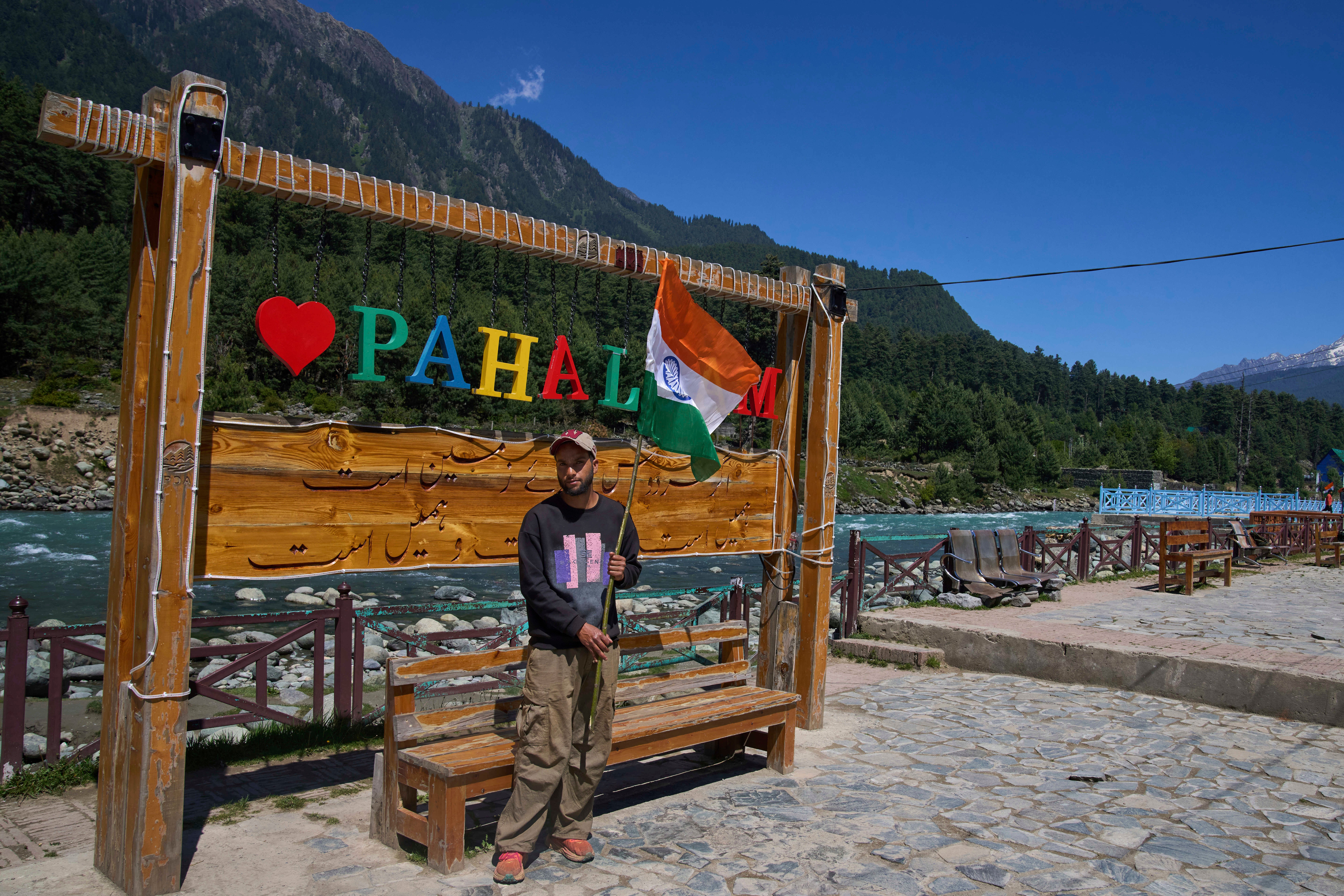The US has issued a new travel advisory for India, maintaining guidance for solo female travellers and significantly escalating the severity of its warnings in light of ongoing ethnic violence in Manipur, recent terror attacks in Jammu and Kashmir and issues at the borders with Pakistan and Nepal.
The update, issued by the State Department, includes a greater emphasis on the risks of violent crime, sexual violence, regional unrest, and immigration issues at land borders, particularly for solo women travellers and those entering India from neighbouring countries like Nepal.
The State Department considers India as a whole a “Level 2” country for travellers, where 1 is the riskiest and 4 means Americans are urged “do not travel”. While its categorisation of India has not changed, the language of the updated 2025 advisory includes sharper warnings in several key areas.
Among the most prominent changes are new warnings about immigration enforcement and land border crossings. It specifically advises US travellers not to enter India via the India-Nepal border.
“US citizens are advised not to cross the India-Nepal border by land due to the risk for immigration-related detention and fines,” the advisory states.
The Indian government does not accept electronic visas at land border checkpoints, and even those carrying physical visas have reportedly encountered legal issues, it added.
Regional travel restrictions have also been tightened. The advisory now has an expanded section with a clear “do not travel” directive for the state of Manipur, citing ongoing ethnic violence and instability.
“Ongoing ethnic-based conflict has resulted in reports of extensive violence and community displacement. Attacks against Indian government targets occur on a regular basis,” the advisory said, adding that US government employees working in India need prior approval before they visit the state.
The warning stems from the two years of sustained ethnic violence between the Meitei majority and Kuki-Zo tribal communities that began in May 2023. Clashes have killed over 250 people, displaced more than 60,000, destroyed thousands of homes and religious structures, and there continue to be shootings and deadly crossfire incidents involving civilians and security forces.
Similarly, the northeastern states of Arunachal Pradesh, Sikkim, Assam, Mizoram, Nagaland, Meghalaya and Tripura, which were previously grouped under a level 3 “reconsider travel” guidance, now also have a more detailed section on the risks associated.
Warnings about the Jammu and Kashmir region remain in effect, excluding Leh and eastern Ladakh. The advisory reiterates that foreigners are prohibited by Indian law from visiting areas near the Line of Control – the de facto border between India and Pakistan in the contested Himalayan region – and that terrorism and civil unrest continue to pose threats in Srinagar, Gulmarg, and Pahalgam. These cautions have been in place for several years and remain unchanged in the June 2025 update.
The advisory does, however, reflect the aftermath of the 22 April terrorist attack in Pahalgam, where gunmen opened fire on tourists in the Baisaran Valley, killing 26. It was the deadliest attack on tourists in the region in over three decades.

Other recurring elements of the advisory have been retained, including warnings about restrictions on carrying satellite phones or GPS devices into India. These are still prohibited by Indian law and violators may face severe penalties, including large fines of up to $200,000 (about £150,000) and jail time.
The advisory also continued to highlight the risks of travelling to regions affected by Maoist insurgency in eastern Maharashtra, Telangana, Odisha, Chhattisgarh, Bihar, Jharkhand, and West Bengal. Travel to these areas by US government personnel remains subject to special approval.
The advisory retained language stating that “rape is one of the fastest growing crimes in India” and warned that women are particularly vulnerable, especially at tourist destinations. It urged US citizens, “especially women,” not to travel alone.
It also identified certain public venues where the risk of violent crime or terrorist attacks is perceived to be high. The updated language named tourist locations, transportation hubs, markets or shopping malls, and government facilities as sites where a terrorist attack could take place without warning.
